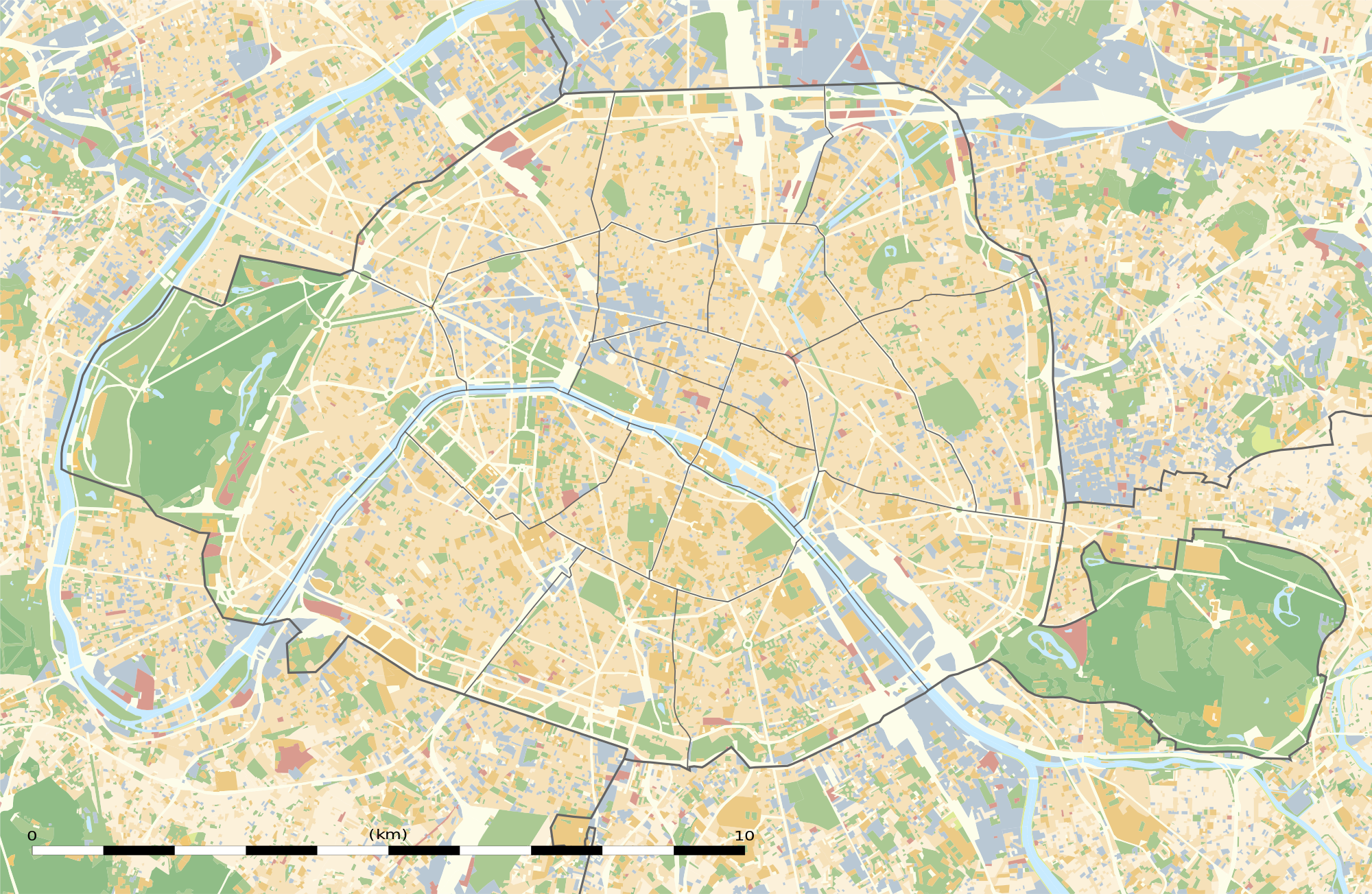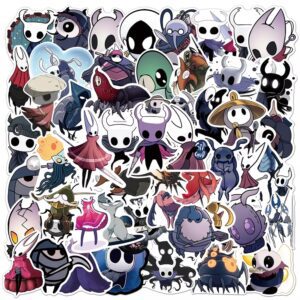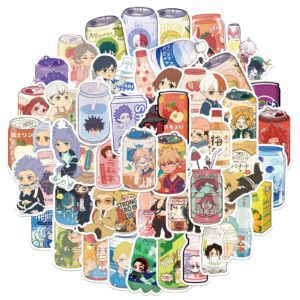The Witcher 3: Wild Hunt has been an undeniable success. Launched in 2015, it saw CDProjektRed turn their cult classic series into one of the biggest titles of the year – reaching new heights by winning the game of the year award. The sheer size and complexity of The Witcher turned the gaming tables and other developers are carrying over many of the innovations that CdProjektRed implemented in an attempt to replicate The Witcher’s success.
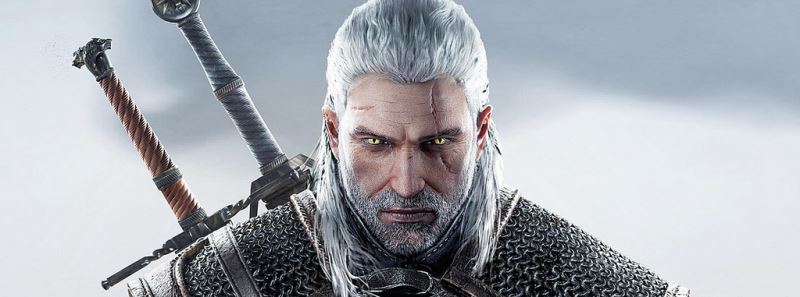
Much of this success is owed to The Witcher’s vast open world, and to its excellent quests – which actually help develop the narrative and mean something to the overall game. However, the quality source material is also at the heart of The Wild Hunt and other installments in the series. So many references to Sapkowski’s eponymous series made it into The Wild Hunt in particular, that mentioning them all would take a considerable amount of time. But there are many examples of such references that can be used to gain a deeper understanding of the relationships between the central characters, and of Geralt’s past more generally.
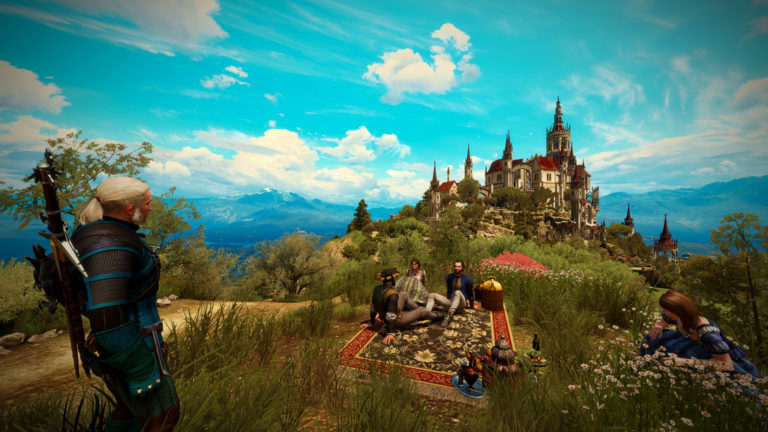
Another major reference to the books and a fantastic surprise was the resurrection of Regis in the Blood and Wine DLC. Regis has always been a highly intelligent character and a brilliant traveling companion for Geralt in his search for Ciri. Regis’ death was devastating, especially as he was intrinsically linked with the search for Ciri and became a fast friend of Geralt’s. To see a beloved character come back and be a major component of the DLC was fantastic.
Regis is even mentioned in the first Witcher game when Dandelion informs Geralt that he used to have a vampire friend. It is also funny that he replies with ‘a dragon friend too?’ It’s a wonderfully ironic reference back to the short story in The Sword of Destiny where Geralt befriends the dragon the group is trying to slay. Even better was the inclusion of The Curse of the Black Sun as the overarching narrative for the Blood and Wine DLC: Sylvia Anna (Syanna) was believed to have been born under this curse and, according to the prophet Eltibald, the girls ‘were supposed to be possessed by demons, cursed, contaminated by the Black Sun,’3 ensnaring people into exiling their children. It worked perfectly having this particular story in the fairytale-esque DLC, as the original story in The Last Wish contained a wonderfully twisted version of Snow White.
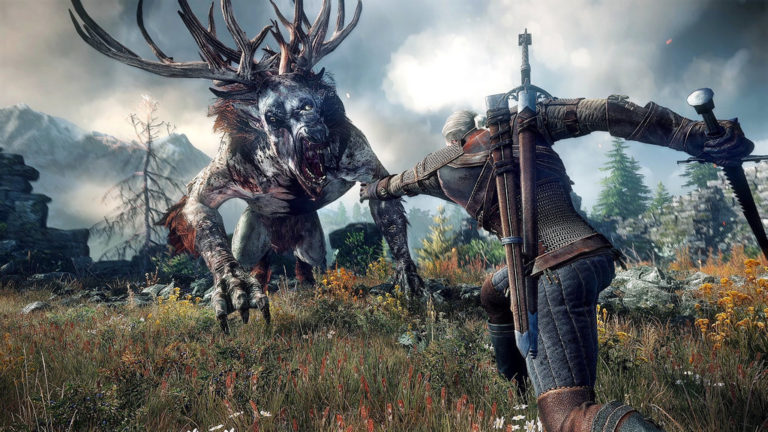
There are tons of references to the books throughout the series that enable it to capture the diverse and intriguing world that Sapkowski has envisioned. The video games have been able to expand on a truly captivating book series partly due to how closely they followed the original source material. The depth and wonder of the world are beautifully displayed, and there is so much more to discover. So many interesting tidbits and hidden troves that make Geralt’s story one truly worth following.
I highly recommend the books, especially if you’ve finished the series but are yearning for more Witcher. The books will help you better understand Geralt’s motives and feelings, his aversion to Emhyr and Avallach, his apparent detachment from politics and his sometimes caring and understanding nature towards the creatures he is hunting. The books, like The Witcher series, will fully capture your imagination and leave you yearning for more.
- The Last Wish by Andrzej Sapkowski (1993) pg.268
- The Last Wish by Andrzej Sapkowski (1993) pg.156
- The Last Wish by Andrzej Sapkowski (1993) pg.83, this is Eltibald’s prophecy and is not directly mentioned but discussed within this section.




